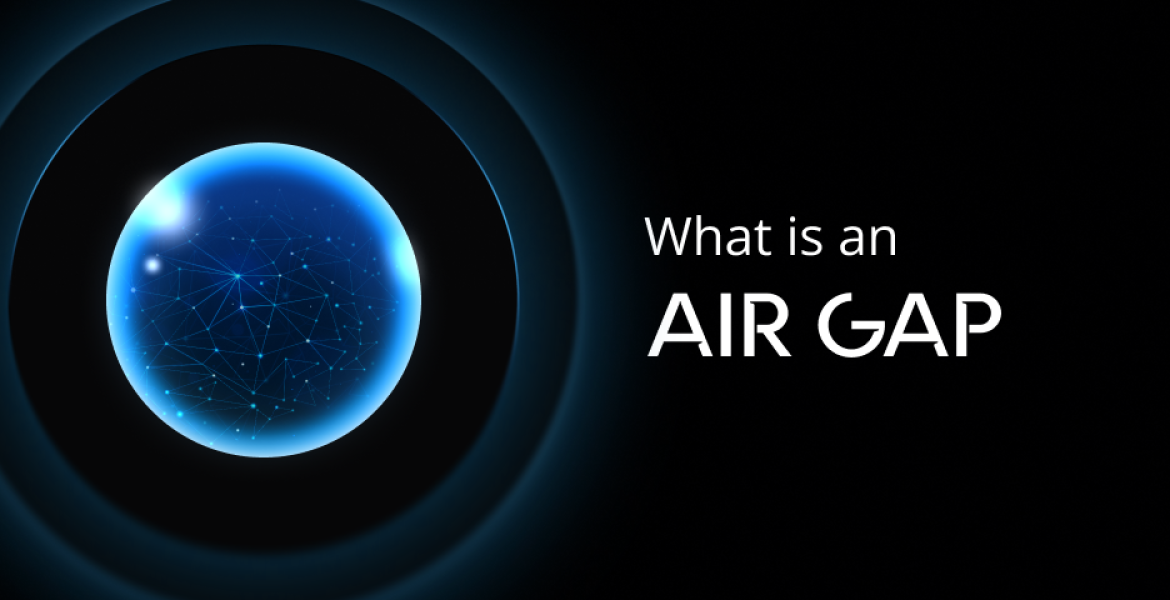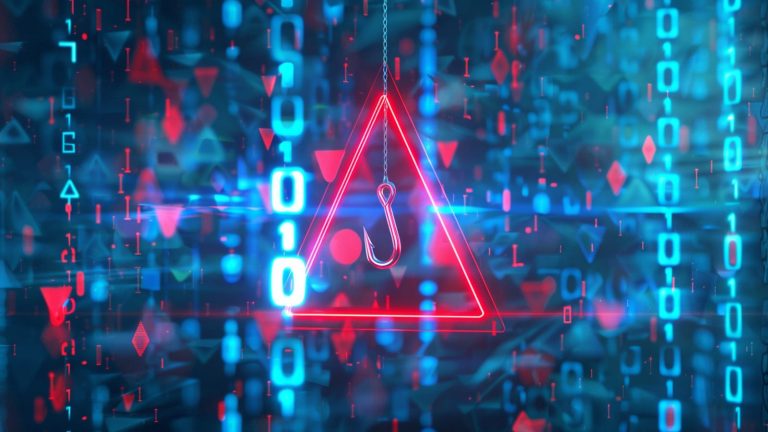The increasing frequency of ransomware attacks highlights how drastically the threat landscape has evolved in recent years. Cybercriminals no longer limit themselves to encrypting production data. Before launching an attack, they thoroughly probe the victim’s infrastructure, often targeting backup repositories as well. When backups are destroyed, the company loses its last chance to quickly restore operations.
This is why more and more organizations are turning to Air Gap Backup – a strategy that isolates backups from the network, making them completely unreachable to attackers. In this article, we will take a closer look at what Air Gap Backup is, how it works, and why it has become an essential element of data protection strategies in the era of ransomware 2.0.
What Is Air Gap Backup?
Air Gap Backup is a method of storing backup copies in a way that keeps them completely isolated from the production environment and network. The term “air gap” literally refers to a “gap of air” – a barrier that cuts off backups from any network connection.
In practice, this can be achieved through physical disconnection of the storage media after the backup process is complete or by using logical isolation, where the repository is only accessible during predefined, controlled time windows.
This approach has long been used in industries with the highest security requirements – including financial services, energy, OT environments, and public administration. Today, commercial enterprises are increasingly adopting air gap technologies to protect their data against ransomware, insider threats, and human error.
Physical vs. Logical Air Gap – What’s the Difference?
While the idea of an air gap is always the same – complete isolation of backup copies from the production environment – there are two main ways to achieve it: physical and logical.
- Physical Air Gap is the most traditional form of this technology. It involves creating backups on media that are physically disconnected from the network and stored in a secure location after the process is complete. This method almost entirely eliminates the risk of cyberattacks because the data is completely offline. However, it requires significant manual effort, time, and proper logistics.
- Logical Air Gap is a more modern approach that does not require physically moving storage devices. Instead, backups are stored in a software-isolated repository that is only accessible during short, predefined time windows when backups or recovery operations are taking place. Outside these windows, the backup environment remains completely disconnected from the network. This approach combines a high level of security with automation and ease of management, making it especially attractive for companies that prioritize modern, scalable data protection systems.
Air Gap in Xopero: Security within the SphereCyberX Architecture
The xSAIR (Secure AirGap Immutable Repository) technology is a cornerstone of Xopero’s approach to protecting data against ransomware 2.0 and other advanced threats. Its primary objective is to create a fully isolated, immutable backup environment that eliminates any possibility of attacker interference. This mechanism has been designed in full compliance with regulations such as NIS2, DORA, GDPR, HIPAA, and ISO/IEC 27001, ensuring it meets the highest standards for both security and regulatory requirements.
A key role in this architecture is played by Time-Based Access – access to data in the isolated zone is opened only for the duration of the backup or replication process and is automatically closed once the operation is complete, minimizing the risk of data compromise. The replication process is carried out via the Sphere Replication Engine, which establishes a direct, encrypted Point-to-Point Network Connection between the primary XUP + XMS environment and the separated Isolated Replication Zone.
Within this zone, a read-only XUP node operates under a strict Zero Trust policy and utilizes Immutable Storage, ensuring that data cannot be modified or deleted. After replication is complete, the connection is automatically terminated, leaving the backup fully disconnected from the network.
The xSAIR architecture is built on four pillars of isolation: regulatory compliance, time-restricted access, direct communication between zones, and a dedicated environment for replica storage. Together, they create a multilayered defense barrier that significantly strengthens an organization’s resilience against ransomware 2.0 attacks.
Why Is This So Important?
Modern ransomware no longer targets only production data – it also actively seeks out and destroys backup copies. Increasingly, attackers infiltrate networks well before encryption, mapping out and compromising backup repositories. Once backups are gone, a company loses its final line of defense. Air Gap Backup eliminates this risk because the isolated backup remains completely beyond the attackers’ reach.
Furthermore, this solution supports the advanced 3‑2‑1‑1‑0 strategy, where one copy is stored offline, the backup is immutable, and regular integrity checks are performed. This approach ensures full cyber-resilience, regardless of whether the threat comes from outside the network or from within the organization.
How Does It Work in Xopero ONE?
Implementing Air Gap with Xopero ONE is straightforward. The administrator defines the resources to be protected, and the system takes care of the entire process: encrypting the data, transferring it to the repository, and replicating it to the isolated xSAIR zone. This zone remains disconnected at all times, except for short transmission windows.
The central console allows easy monitoring of backup status, scheduling, and rapid recovery when needed. All operations follow the Zero Trust model and meet compliance requirements such as GDPR and ISO 27001.
Benefits for Your Organization
Xopero’s Air Gap Backup goes beyond ransomware protection. It guarantees compliance with regulations like NIS2, DORA, and ISO/IEC 27001, offers flexible deployment (on-premises, cloud, or hybrid), and simplifies management to relieve IT teams. Most importantly, in the event of a crisis, the isolated backup enables rapid system recovery and minimizes business losses.
Conclusion
Ransomware 2.0 has changed the rules of the game. Having backups is no longer enough, as they have become the primary target for attackers. Once they are compromised, organizations lose their last chance to recover quickly. With xSAIR technology, Air Gap Backup gives companies a decisive advantage – cutting off backup copies from external access, protecting them from modification, and keeping them out of reach of cybercriminals. This is not just another feature – it’s a shield that can save your business when it matters most.









































